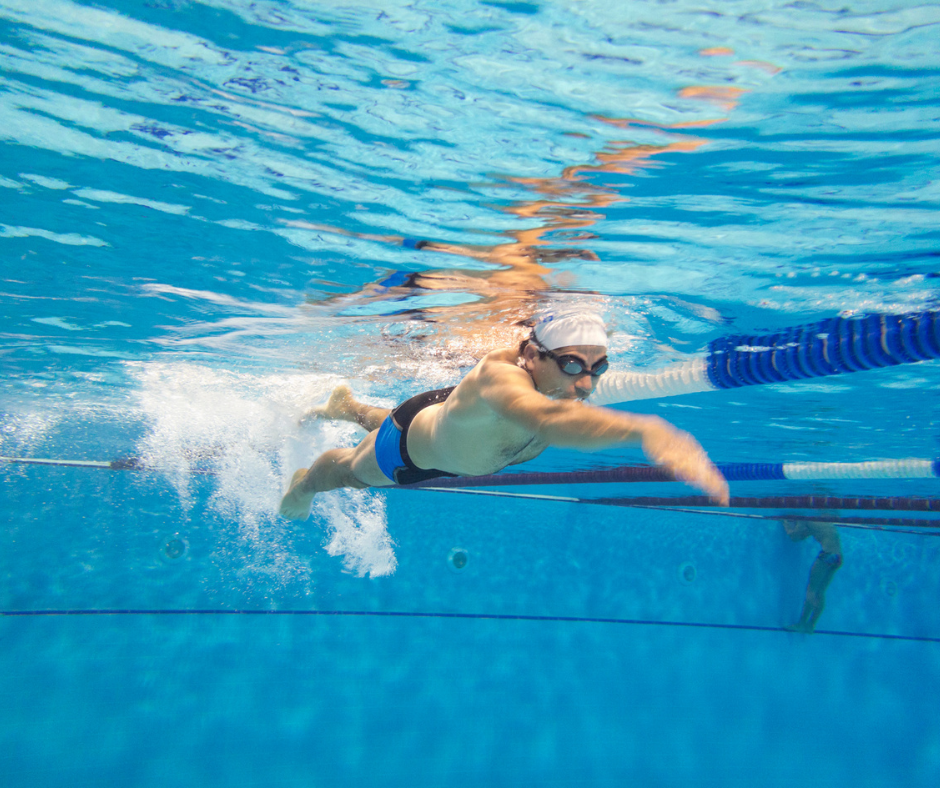
So far in our swim school articles we’ve looked at basic body position, followed by maintaining that position whilst kicking on your side. Mastering your body position in the water will make all aspects of your stroke more effortless and efficient. Today we’ll be talking about breathing.
Over the years I’ve heard a lot of people talk about their swimming and used the following phrase, “I’m OK until I need to breathe.” Considering we need air to survive if you can identify with this statement it means your swimming probably isn’t as OK as you think.
First of all, I recommend going back to Part 1 – The Basics and Part 2 – Body Position which focus on body position before trying to take on board any more skills or information. If you can’t maintain a good body position, the following information won’t help you fix any problems with your breathing.
Breathing is a constant when you’re swimming easy. What I mean is, don’t hold your breath when your face is in the water. Let the air out of your lungs in a slow and relaxed way. If you hold your breath while your face is submerged, this will mean your face needs to spend extra time out of the water to exhale before you can inhale, throwing off your rhythm.
When your arm enters the water it goes in to what is known as the “catch” phase before it begins to pull. As your arm begins to pull towards you, and your body begins to rotate as your opposite hip will drop (in a controlled manner). Allow your ear to follow the line of your elbow as the arm pushes back behind you (imagine the two are connected by a piece of string). As your hand exits the water at your hip, your body should be more rotated to that side. Meaning, if I’m breathing to my left, my right hip and shoulder will be lower in the water, and my left shoulder will be out of the water.
Half of my face will now be exposed to the air.* Breathing to the left, imagine if I close my left eye I will see underwater, if I close my right eye I will see above the surface.
*If my core is strong and my body position is good I should be able to stop my stroke here and maintain this position if necessary.
From here, as my arm is recovering through the air, I’ll take my breath and my ear and elbow remain in line as the arm recovers, until my head is in a neutral position. For the following stroke my head remains in the neutral position looking down.
It might seem a little odd, but one of the best ways you can practice this is at the side of a pool that has a surface level deck.
Lie with one half of your body on the deck, and the other in the water. Practice the movements here in a stress free manner if you feel it will help you understand the movement pattern better before trying it in the water.
You can also stand in the shallow end and practice the arm and head movements together, emphasising that the neck doesn’t need to be twisted or turned to any great extent to allow you to breathe.
If you find it difficult to concentrate on breathing whilst kicking, use a pull buoy so you can concentrate on getting your breathing and body position correct without having to kick.
Being able to confidently and comfortably breathe on both sides (bilateral breathing) in the pool, will allow you become more efficient in the water. When moving from the pool to the open water, being able to breathe better whilst swimming, and on both sides, will most definitely be of benefit especially when navigating waves in the sea.


Get all the latest news about upcoming sporting events, top tips on training and exclusive interviews.


